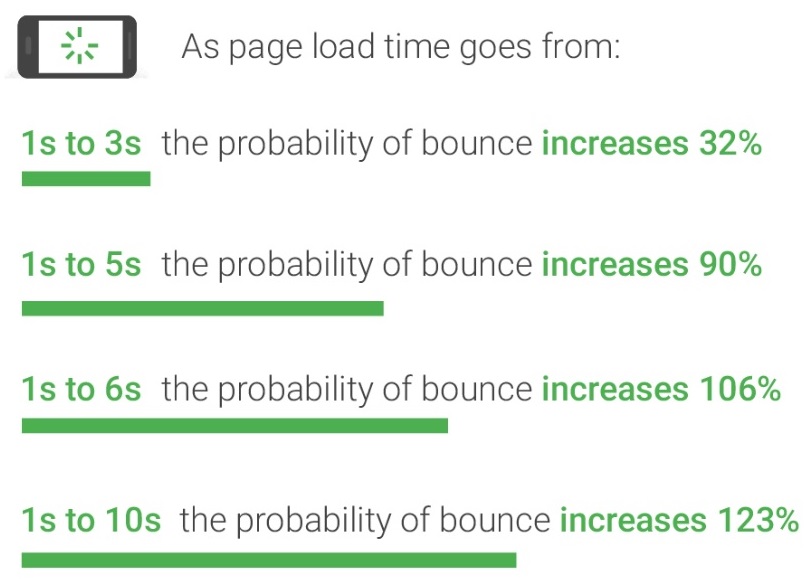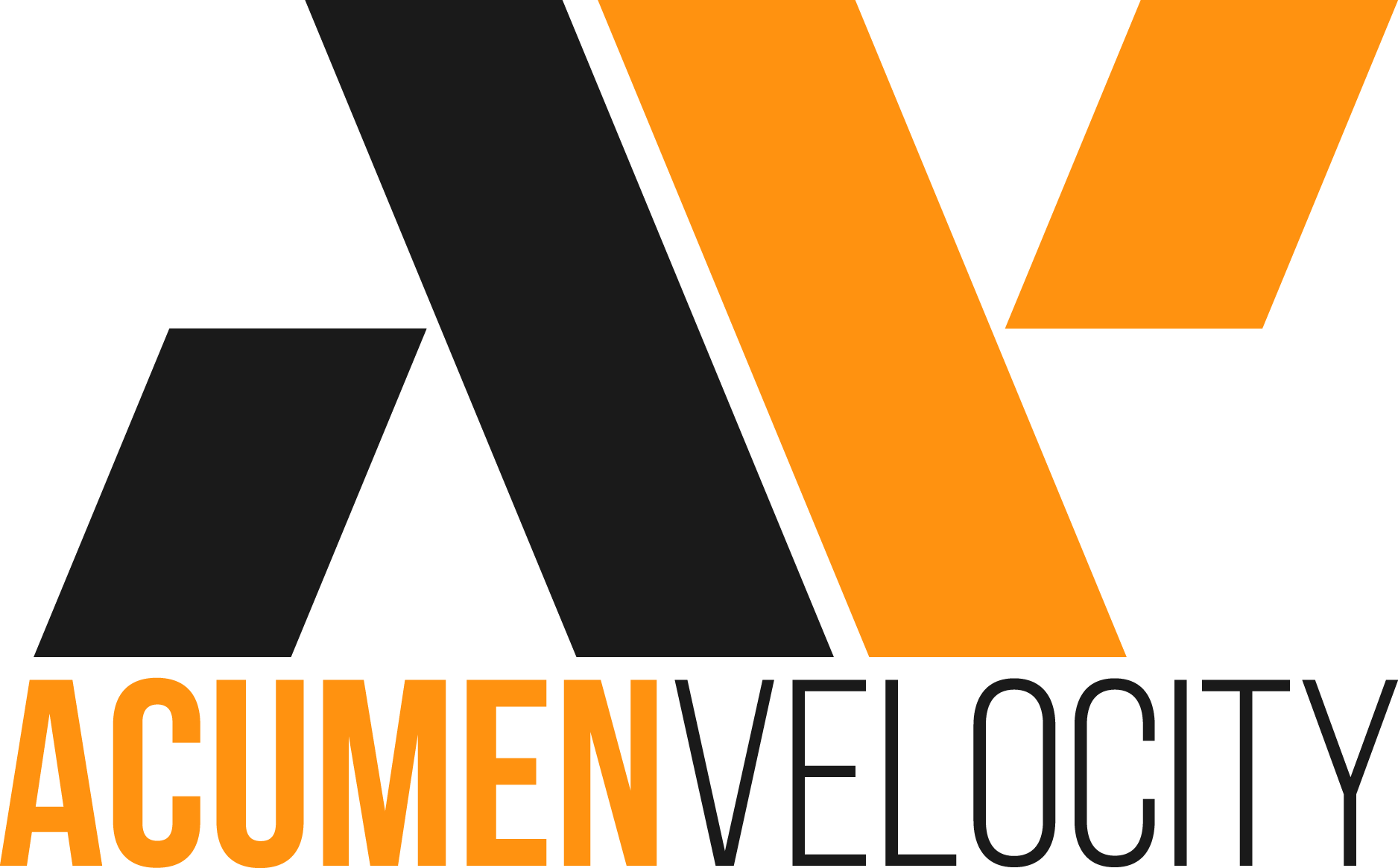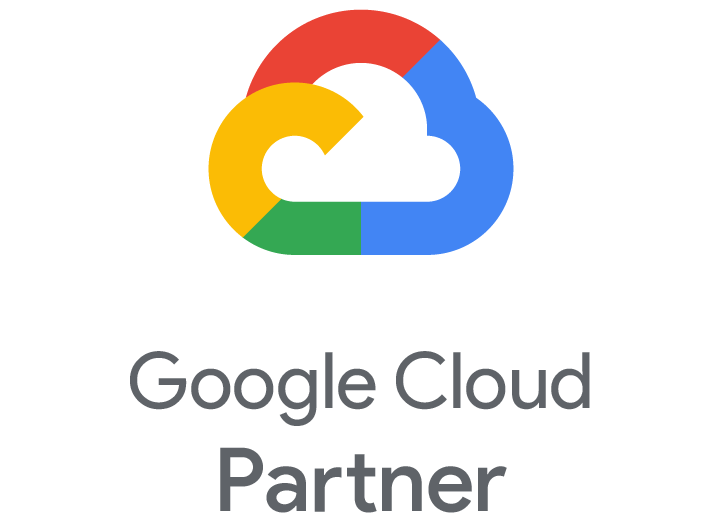Want to see a jump in sales? There is a fix for that, Make your website load faster.
Now, What does the speed of a website have to do with sales?
The answer is, Google. Not only do all the other search engines promote sites that load faster—but most importantly, so do the users. When was the last time you skipped or closed a browser since it was slow..Don’t remember? Neither do I..
Why? We all remember winners, we remember the site that loaded fast, where we bought something from or where we found some great information, the other stuff is…non-existent…
So, if you want to exist in your users minds and in their actions, I guess you need to realize that speed is not just a myth…it’s reality..

Consider this, You just launched a new website..
You spent weeks doodling over the design, the content, the colors and functionality. All that back and forth and weeks before going to production, including countless edits and version revisions..
Now what? You have your beautiful site and there might still be things that you might change or add..
But there’s a problem: You find that your new website isn’t as fast as you need it to be. Some elements are slower to load, some are just not loading at all..while you might not notice something, you see that there are a lot of users leaving the site without a lot of actions..
That’s when it becomes apparent to you, why you need to consider building a conversion rate and search engine optimized website. Yes, speed is the most critical factor.
According to research, 53% of mobile visitors will give up on a website that takes longer than three seconds to load.

And a slow-loading website doesn’t impress Google either.
The search engine giant does n’t often publicly admit to the ranking factors which they use to evaluate your site, but even they say that page speed is one thing they do look at.
The faster your website is, the more visitors you will get, and the more profitable it will be.
But how can the average business owner go about optimizing the speed of their website, to make sure it delights their users and impresses Google?
Let’s look at some easy and inexpensive ways to make your website as fast as possible.
1. Change your host
Your choice of web host is probably the most crucial factor to improving website performance and speed.
Make sure to use a web host which commits to constantly improving the speed of their client sites.
A good example of such a host is Siteground, which comes with free tools like NGIX to help boost the loading times of your website.
Siteground also uses ultrafast SSD drives as standard on all hosting plans.
What’s more, Siteground host their sites in 5 data centers around the world, and you get to choose which one can host your website. If you live in Anaheim, but your customers are in Amsterdam, you can opt for one of their European data centers, making the site that bit closer to where your visitors are.
2. Use a Content Delivery Network (CDN)
Many businesses these days have visitors from all around the globe, so the benefit of locating their web server in any one location is minimal.
Would n’t it be great to have your website hosted everywhere, all at once? With a Content Delivery Network (CDN), it can be!
These networks cache your website on host servers on most countries, meaning that a user in Australia can enjoy the same speeds when browsing your site as a visitor in Alaska!
The most common CDN company is Cloudflare, who even offer a free starter plan. Siteground enables you to integrate your site with Cloudflare very easily, which means there’s no excuse not to take advantage of this technology.
As an added bonus, Cloudflare even give you a free https certificate. This lets your website have that green padlock icon next to your URL, which your visitors will appreciate, as they will know your site is a safe place to visit.
3. Use Accelerated Mobile Pages (AMP)
One easy way to improve the mobile experience of your visitors is to adopt the AMP protocol.
Using Accelerated Mobile Pages allows your site to be cached by Google’s servers, effectively hosting it on the most powerful set of computers in the world. Needless to say, this makes your site exceptionally fast for mobile users.
And the best bit? It’s absolutely free! It’s compatible with WordPress and Drupal and can be easily implemented using the free official plugin.
4. Minimize and lazyload your images
For most sites, images tend to make up the biggest data load.
Often, we see client sites that just upload images to their website without making any attempts to minimize them at all. If we are talking about a small stock photo which is under 100 KB, that’s not a problem – but sometimes we see 2 or 3 MB raw camera images being uploaded.
When a user visits your site, their browser needs to download all those Megabytes of data, and that can take many seconds. On mobile, it can even take minutes!
Thankfully, there are plenty of ways to minimize your images for the web. Free online tools like Image Optimizer can be used to make your images smaller before you upload to them to your website.

And if you use WordPress then you can even optimize your images AFTER uploading them to the site. EWWW Image Optimizer is a plugin which will minimize the size of all your website images, allowing you to drastically reduce page loading times for image-heavy websites.
Lastly, several WordPress themes and plugins allow you to ‘lazy-load’ the images on your site. This means that when a visitor opens each page, only the images currently visible on the screen will need to be loaded. As the user scrolls down, then more images will be loaded, but that’s fine – the important point is that the page seems to load very quickly, reducing bounce rate.
5. Use GZIP compression
Ever downloaded a ZIP file over the internet? If you have, then you will know that you can send a lot more data when it is compressed, whether it is a piece of software, a video, or some pictures of distant family members.
GZIP compression allows you to apply this principle to your website!
Enabling GZIP can be a bit tricky, as it involves fiddling around with some computer code, but the excellent Siteground hosting company has created a simple off-on switch which takes care of GZIP compression for you. We tend to see several seconds shaved off site loading time with GZIP turned on, and we highly recommend taking advantage of it.
Summary
Website speed is important for both visitors and search engines.
Speed is n’t just for racing and cars. It’s the most fundamental ingredient of a high performing web site.
I’ve personally consulted on hundreds of websites, and I always encourage my clients’ to look at mobile performance.
After I help them create a more conversion-friendly site, typically the website traffic skyrockets. Inevitably, this introduces a lot of new customers and conversions.
So what can you do right now?
In short, make your site as fast as possible and reduce the amount of overhead on your site by using the optimization techniques outlined above.
Which of these techniques are you going to use to speed up your site?
Would you like help taking advantage of any of these 5 methods? Just contact us and we will be happy to talk!


